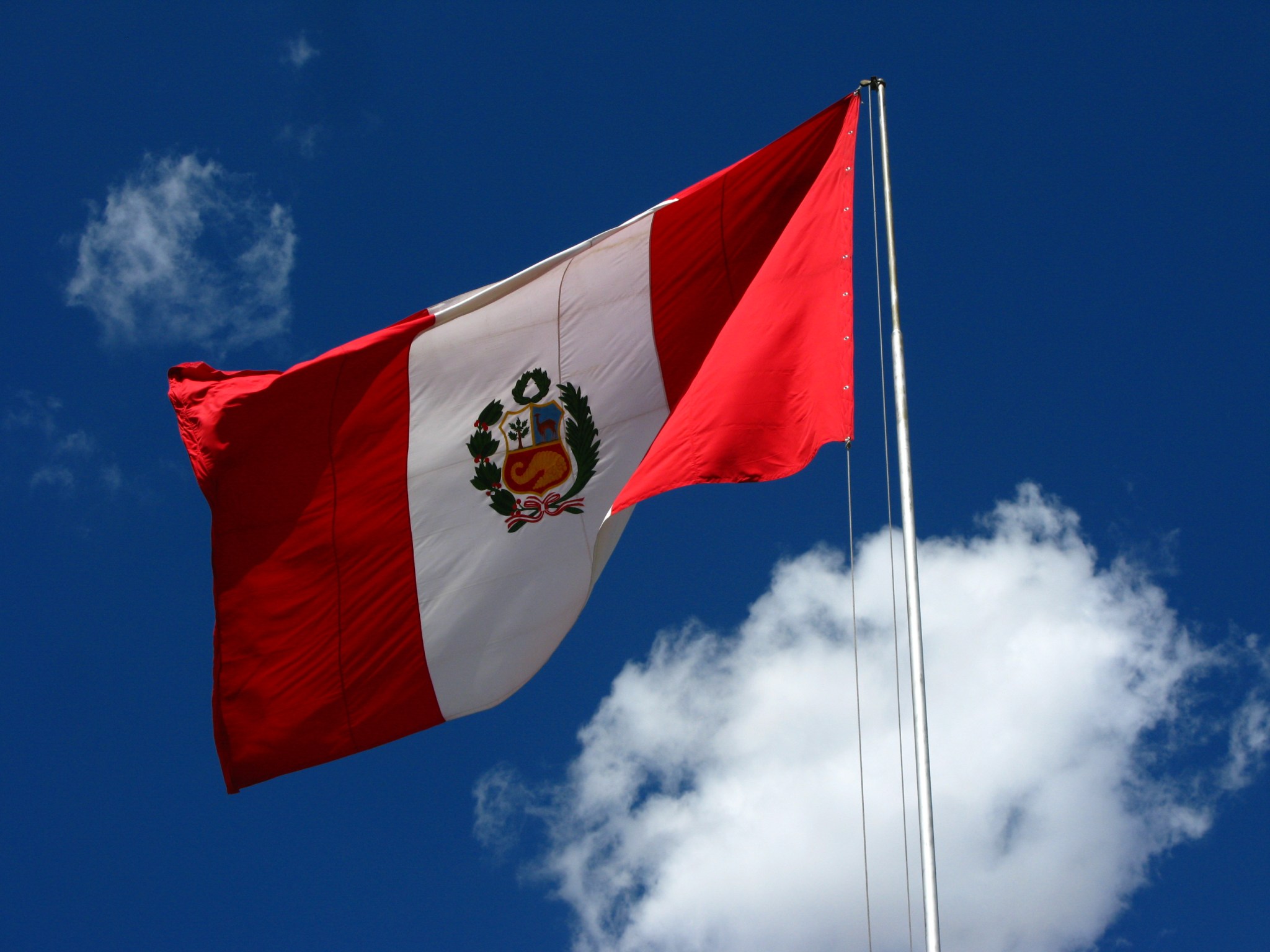From the moment Peruvian President Pedro Castillo won a contentious presidential election, many predicted the obstacles and challenges he would face in office. However, after naming his fourth cabinet in barely six months of office, Peruvians are increasingly losing patience with the President’s inability to govern. Castillo has many disadvantages, but the biggest obstacle is his relationship (or lack of) with Peru’s Congress. The long-standing hostility between the Executive and Legislature did not dissipate after congressional elections, and despite Castillo’s Free Peru party having the largest number of seats in Congress, the President has an increasing number of congressional foes and fewer friends. That reality, coupled with emerging fissures from within his own coalition, makes Castillo’s prospects for success grim.
Many point to Castillo himself as the root of the problem. The latest set of crises behind the cabinet reshuffles have been generated by Castillo and those surrounding him. His administration has been characterized by lack of transparency in governing style and disparagement of the procedures, roles, and functions of the presidency. Analysts also highlight that, by nature, the President can be distrustful and reserved, characteristics that have isolated him even from those who saw in him a symbol of vindication of rural and poor Peru and had real hope he would implement much needed reforms.
Former Prime Minister Velázquez’s resignation due to disagreements over the changes in the security sector and allegations of corruption in the police force, further highlighted an internal power struggle in Castillo’s government, with an increasingly influential “shadow cabinet” prevailing over the advice provided by the actual cabinet. Castillo’s newest cabinet was supposed to demonstrate a broad base of support, but instead the President has distanced himself from previous allies such as Veronica Mendoza and the New Peru party and sought ministers closer to the party that brought him to power, Free Peru, and its Marxist leader, Vladimir Cerron. Castillo also replaced the Minister of Health with a member of his party, despite the minister’s efficient management of the government’s response to the COVID pandemic, the most pressing issue for Peruvians. The new Prime Minister Anibal Torres was the former Minister of Justice and is one of the few original members of the President’s cabinet. These choices don’t contribute to Castillo’s chances of securing support from Congress, which is needed to regain political stability.
Thus, President Castillo’s woes are long from gone and threats of impeachment loom. Instability, conspiracy theories, and upheaval in government distract and make it impossible for real progress to be made on any policies. At best, Castillo can hope for a stalemate with Congress where he is not impeached but unable to advance reforms and legislation needed to deliver his promises. However, even under this scenario, Castillo must hope that Peruvians continue to tolerate an ongoing political crisis with little results to show, otherwise he’ll be faced, as past presidents have, with floods of protests and louder calls for his resignation. In his worst-case scenario, Castillo will face increasing opposition from within his supporters, “the people” to which he frequently refers.
The solution to the prolonged governance crisis in Peru requires political will from all sides and a commitment to constructive dialogue where a minimum set of agreements and priorities can be reached. Under the current state of politics, this is daunting task.
Top
